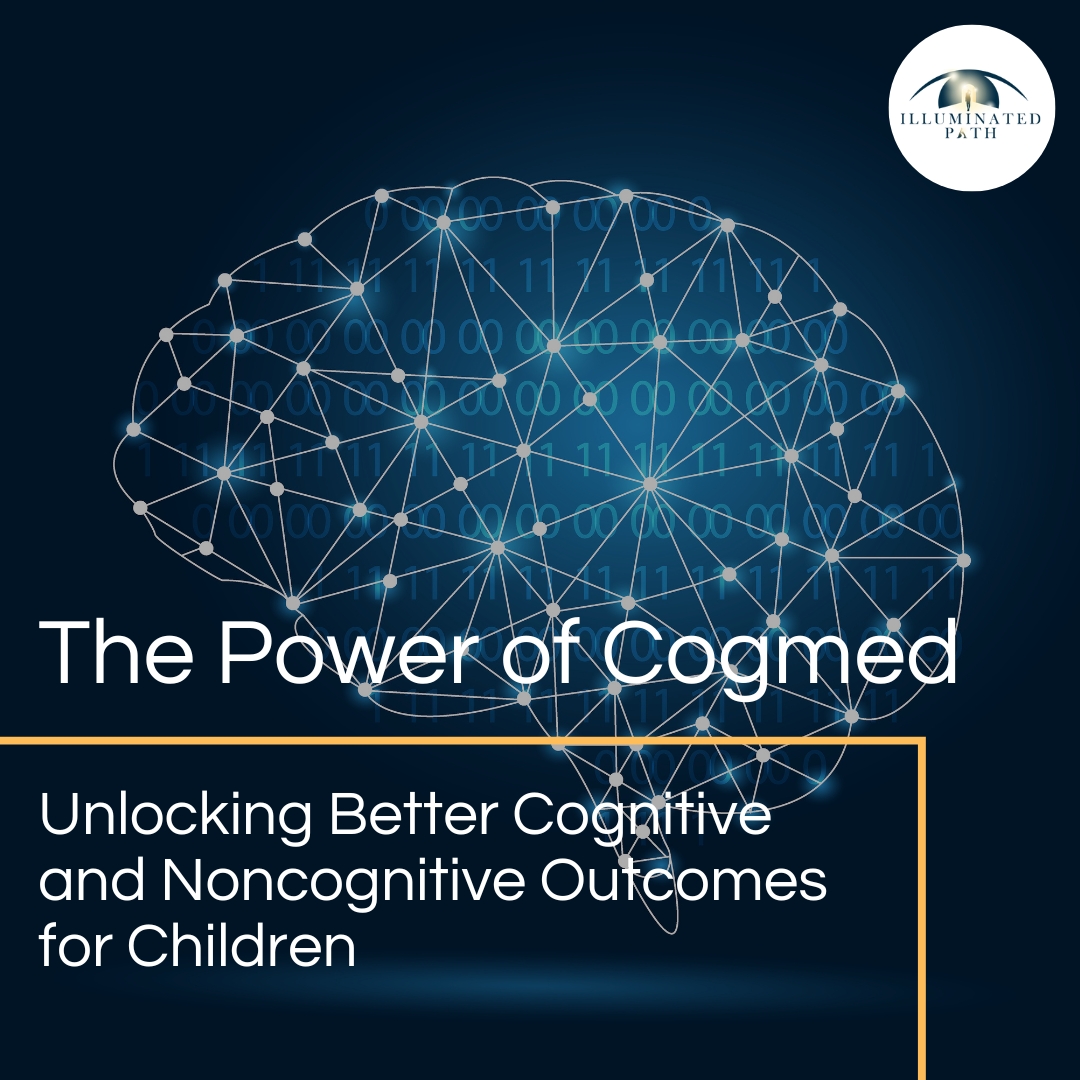
Working memory (WM) is a cornerstone of cognitive functioning, allowing individuals to temporarily hold and manipulate information. It is essential for tasks such as problem-solving, reasoning, and learning, which directly influence academic and social success. In recent years, working memory training programs like Cogmed Working Memory Training (CWMT) have gained attention for their potential to enhance cognitive and noncognitive skills, particularly in children. This article explores how Cogmed impacts these areas, supported by data, statistics, and research findings.
What is Cogmed Working Memory Training?
Cogmed is a research-based software program designed to improve WM through adaptive and intensive exercises. Developed by Torkel Klingberg and his team at the Karolinska Institute in Sweden, it was initially aimed at improving WM in individuals with ADHD. Over time, its use has expanded to children with learning disabilities, neurodevelopmental disorders, and even those seeking general cognitive enhancement. The program consists of 25 to 30 training sessions, lasting 30 to 45 minutes each, and adjusts task difficulty based on the user’s performance.
Core Goals of Cogmed:
- Enhance short-term memory and the ability to manipulate information.
- Improve related cognitive functions, such as attention and inhibitory control.
- Facilitate better academic performance and behavioral regulation.
Cognitive Benefits of Cogmed
1. Improvement in Working Memory Capacity
Multiple studies have shown that Cogmed significantly improves WM capacity. For example:
- A meta-analysis of 25 studies conducted by Spencer-Smith and Klingberg (2015) found that Cogmed improved visuospatial and verbal WM in children, with medium to large effect sizes (Cohen’s d = 0.59 for visuospatial and 0.72 for verbal WM).
- Randomized Controlled Trials (RCTs): Holmes et al. (2009) demonstrated that children aged 8–11 with low WM capacity showed a 23% improvement on WM tasks after completing Cogmed training compared to a control group.
2. Transfer Effects to Academic Skills
WM training’s ability to generalize to academic domains has been a topic of significant research.
- A study by Egeland et al. (2013) showed that children with ADHD who completed Cogmed training improved their performance in math and reading tasks by 15% over six months compared to a control group, which showed no improvement.
- German Educational Study (2020): A large-scale study involving 580 children found that those who underwent WM training at age six experienced improved math and reading scores by 12% and 9%, respectively, over the following year.
3. Executive Functioning and Cognitive Flexibility
Cogmed training strengthens other executive functions, such as cognitive flexibility and inhibitory control:
- ADHD Study: Klingberg et al. (2005) found that children with ADHD who completed Cogmed showed a 25% improvement in tasks requiring cognitive flexibility, such as shifting between different rules in problem-solving.
- Inhibitory Control Gains: Research by Chein et al. (2011) revealed that children who underwent Cogmed exhibited enhanced impulse control, scoring 19% better on Go/No-Go tasks compared to non-trained peers.
Noncognitive Benefits of Cogmed
1. Improvements in Self-Regulation
WM is closely linked to self-regulation, which includes managing emotions, behaviors, and impulses. Cogmed has been shown to benefit these areas:
- ADHD Symptoms: According to a study by Beck et al. (2010), parents reported a 30% reduction in inattentive and hyperactive behaviors in children with ADHD after completing Cogmed training.
- Behavioral Regulation: In a classroom setting, children who underwent Cogmed were 18% less likely to engage in disruptive behaviors compared to peers who did not receive training (Holmes et al., 2010).
2. Long-Term Behavioral Changes
Long-term follow-up studies suggest that Cogmed’s impact on noncognitive skills can extend years after training:
- A four-year follow-up of children who participated in Cogmed (Egeland et al., 2013) found that they were 16% more likely to succeed in secondary education tracks requiring high self-regulation, compared to children who did not receive the training.
Conclusion
Cogmed Working Memory Training offers a structured and evidence-based approach to improving working memory and related skills in children. While its impact on WM capacity and near-transfer effects is well-supported, the extent of far-transfer effects to academic and behavioral domains remains a topic of debate. Nonetheless, research indicates that Cogmed can significantly benefit children with ADHD, learning disabilities, or low baseline WM.
Future research should focus on long-term sustainability, cost-effectiveness, and the development of more accessible training methods to ensure broader applicability. Integrating Cogmed into comprehensive educational and developmental strategies may unlock its full potential, paving the way for significant cognitive and noncognitive gains in children.

The Author
Dr. Shadi Souferian Psy. D.
Licensed Clinical Psychologist
Therapist And Psychologist in Los Angeles And Beverly Hills.






